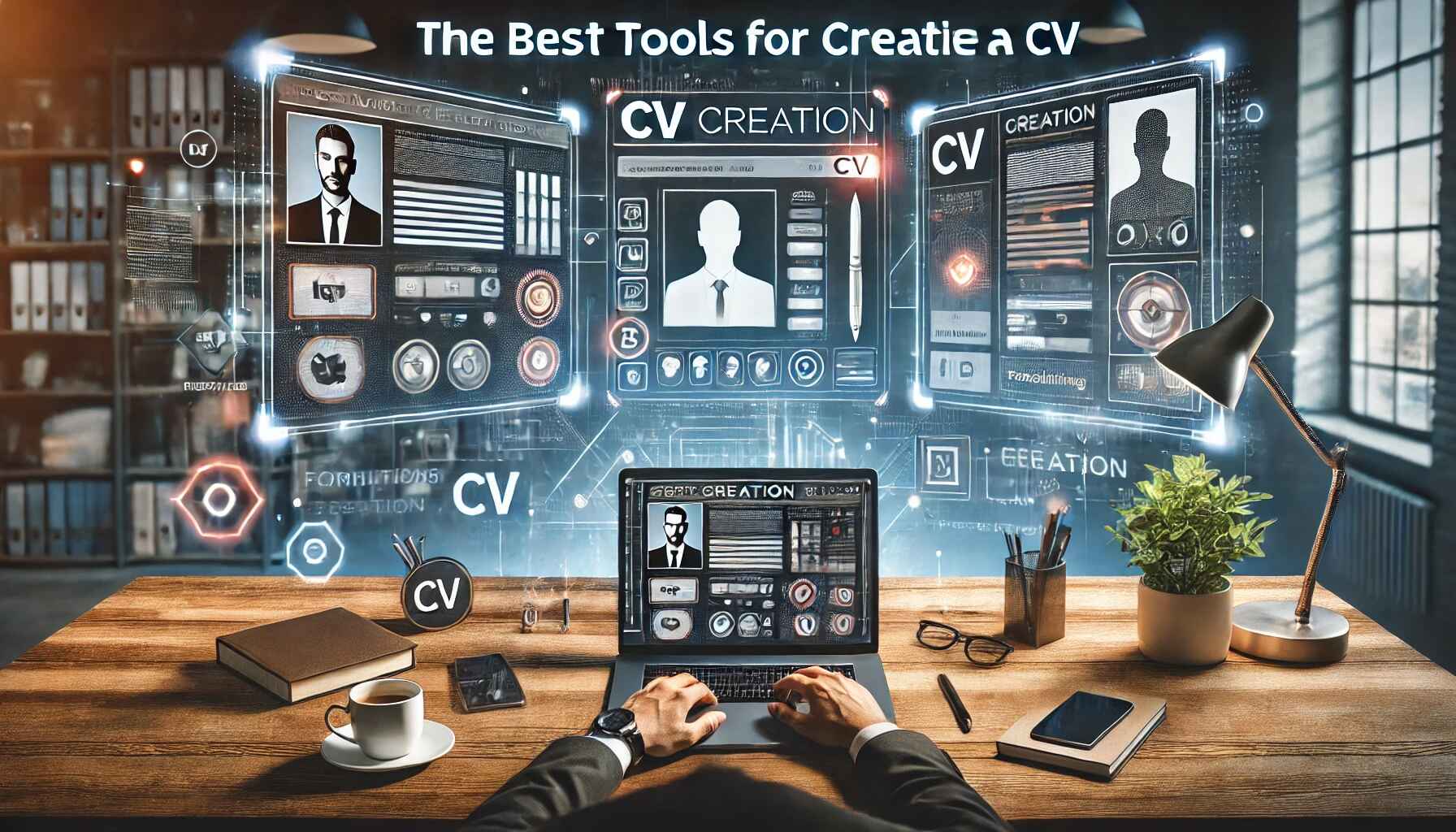What is the Best Tool to Create a CV?
A well-designed CV is your ticket to landing the job of your dreams. Choosing the right tool to create a CV can significantly impact the way recruiters perceive your application. From beginner-friendly CV builders to advanced design software, the choices are vast. In this guide, we’ll dive into the best tools available, discuss their pros and cons, and share tips for crafting a standout CV.
Understanding the Importance of a CV
A CV, short for curriculum vitae, serves as a professional summary of your skills, qualifications, and experiences. It’s often the first interaction between you and a potential employer, making its quality paramount. Here’s why it matters:
First Impressions Count: A clean and concise CV leaves a lasting impression.
Showcasing Your Value: A well-crafted CV highlights your accomplishments and demonstrates your suitability for a role.
Navigating Applicant Tracking Systems (ATS): Many companies use ATS to filter CVs, making it essential to format your CV correctly.
Components of a strong CV include:
Contact Information: Your name, phone number, and email.
Professional Summary: A brief overview of your experience and career goals.
Work Experience: Your employment history, tailored to the job at hand.
Skills Section: Highlighting hard and soft skills relevant to the job.
Education: Academic background and certifications.
Types of CV Creation Tools
To choose the best tool for your needs, it’s essential to understand the available options:
Online CV Builders: Platforms like Zety, Canva, and Novoresume offer user-friendly templates and drag-and-drop functionality.
Word Processors: Traditional tools like Microsoft Word and Google Docs remain reliable for creating simple CVs.
Design Software: For creative professionals, tools like Adobe InDesign or Photoshop can create visually stunning CVs.
AI-Based Tools: Innovative platforms like Resumake use artificial intelligence to streamline CV creation.
Factors to Consider When Choosing a CV Tool
When selecting a tool to create your CV, consider the following:
Ease of Use: Beginners should opt for platforms with intuitive interfaces.
Customization Options: The ability to tweak templates for a personal touch.
Integration Capabilities: Features like LinkedIn import save time.
Cost: Free tools are great for budget-conscious users, but premium features often add value.
Top Online CV Builders
Online CV builders are ideal for those who want quick, professional results. Here are some top picks:
Zety: Offers ATS-friendly templates and career advice.
Canva: Known for its creative templates and ease of use.
Novoresume: Tailored recommendations for each job application.
Benefits of Using Word Processors
Word processors like Microsoft Word and Google Docs provide flexibility for crafting CVs:
Microsoft Word: Rich in features with customizable templates.
Google Docs: Free and cloud-based, making collaboration simple.
Leveraging Design Software for Creative CVs
Design software like Adobe InDesign or Photoshop is perfect for creative professionals:
Pros: Advanced customization and control over layout.
Cons: Steeper learning curve and higher costs.
AI-Powered CV Tools: The Future of Resume Building
AI-powered tools like Resumake and CV Engineer analyze job descriptions and suggest improvements, taking personalization to the next level.
Comparing Paid and Free CV Creation Tools
Step-by-Step Guide to Creating a CV Using a CV Builder
Sign Up: Register for an account on the chosen platform.
Choose a Template: Select a design that aligns with your industry.
Fill in Details: Input your information and customize sections.
Export Your CV: Save it in a preferred format like PDF or Word.
Common Mistakes to Avoid When Using CV Tools
Overloading Templates: Keep the design clean and clutter-free.
Using Generic Designs: Personalize templates to stand out.
Ignoring ATS Compatibility: Ensure your CV is readable by software.
Tailoring Your CV for Specific Job Roles
Customize your CV for each application by:
Highlighting relevant skills and experiences.
Adjusting your professional summary to match the job description.
Incorporating industry-specific keywords.
Best Practices for Crafting a CV That Stands Out
Use bullet points to break up information.
Stick to a consistent font and style.
Proofread meticulously for typos and errors.
How to Test the Effectiveness of Your CV
Feedback: Share with mentors or career advisors for critique.
ATS Checkers: Use tools like Jobscan to ensure compatibility.
Readability Tools: Ensure clarity and conciseness.
FAQs About CV Creation Tools
What is the easiest CV tool for beginners?
Tools like Canva or Novoresume offer intuitive templates perfect for beginners.Are free CV tools effective?
Yes, but premium tools often provide enhanced customization and features.Can AI tools write my CV for me?
AI tools can help, but you should always review and personalize your CV.What’s the best format for a CV?
PDF is widely accepted and ensures formatting stays intact.How often should I update my CV?
Update your CV every six months or after major accomplishments.Are creative CVs suitable for all industries?
Not always—stick to traditional designs for formal industries like law or finance.









